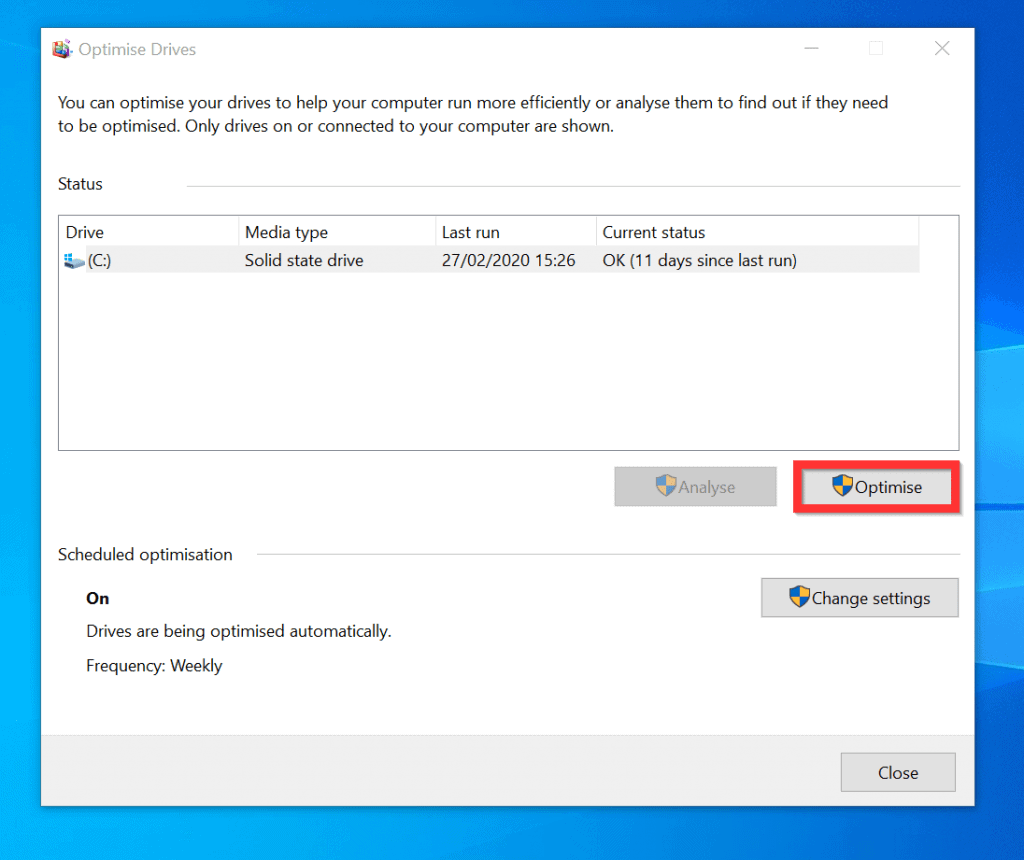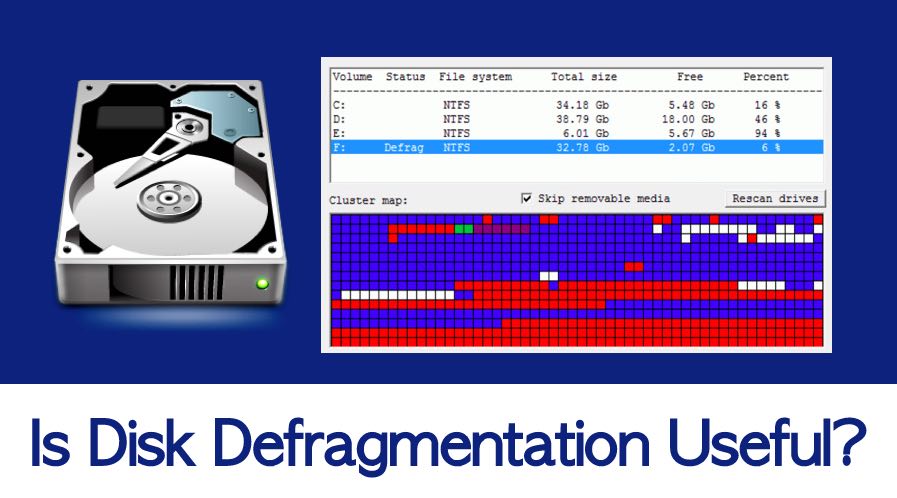


If performance is an issue, one extreme fix it to set both devices to their factory defaults. If files become fragmented, the platform will move these files around to combine the scattered bits. These platforms save files in different places with enough blank space around them to accommodate growth. Moreover, Chrome OS is based on Linux, which uses the ext2, ext3, and ext4 file systems.

Meanwhile, like modern Macs, Chromebooks don’t need defragging, as they rely on flash-based storage. Problem is, they don’t work with the newer Apple File System (APFS) built into High Sierra (10.13) and newer. While there isn’t a native defrag application built into MacOS like there is in Windows, you can find a few third-party tools to manually defrag the drive. The newer APFS system, initially only supporting SSDs but expanded to hard drives and Fusion drives in Mojave (10.14), creates file snapshots instead. On a deeper level, Apple’s older Hierarchical File System (HFS+) uses Hot File Adaptive Clustering, which automatically prevents file fragmentation by moving files that are frequently accessed (and mostly unchanged) to a special section. However, if your Mac does have a hard drive, MacOS silently defrags the drive in the background, just like Windows 10. Modern Macs do not rely on hard drives but rather SSDs. You don’t need to defrag a Mac or Chromebook Moreover, manually defragmenting the drive will reduce its overall lifespan, so just let Windows and the SSD do their trash collection dance in the background. Ultimately, an SSD doesn’t need defragmenting. This method prolongs the life of the SSD. Thus, instead of erasing the entire block and rewriting the valid data, the controller marks the invalid pages for garbage collection. It tells the SSD controller which pages of a block can be erased. Garbage collection takes place when the computer is idle. Without the TRIM command, the SSD controller will temporarily move pages of wanted, valid data into memory, delete the pages of unwanted, invalid data, wipe the block clean, and then write the valid pages back into the block. Unlike hard drives, data is written to SSDs in pages - 128 pages equals one data block. Moreover, SSDs use “wear-leveling” to write data across all cells so that they wear out evenly rather than in chunks. Over time, these cells wear out - defragmenting will reduce their overall lifespan. Why? Because data is written to memory cells versus being stored magnetically in tracks on a platter. Running a manual defrag on an SSD can be bad for the drive, too. SSDs can find scattered blocks of data really fast. Files can be fragmented, sure, but you won’t see the performance issues associated with spinning platters and moving heads. There are no mechanical parts that move in search of file bits. SSDs don’t share the same fragmentation problem as hard drives. If your PC is running slowly, the latest Windows 11 update may be to blame


 0 kommentar(er)
0 kommentar(er)
